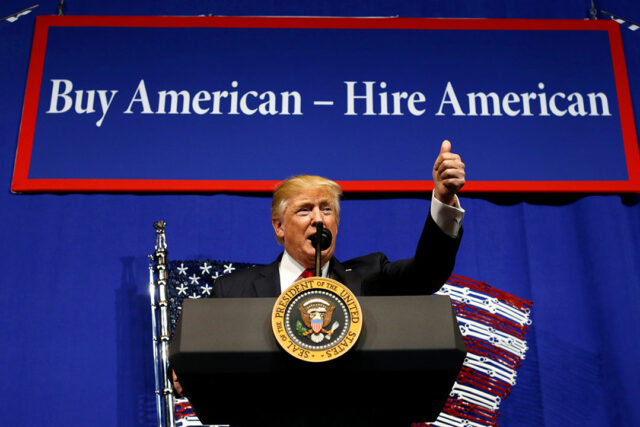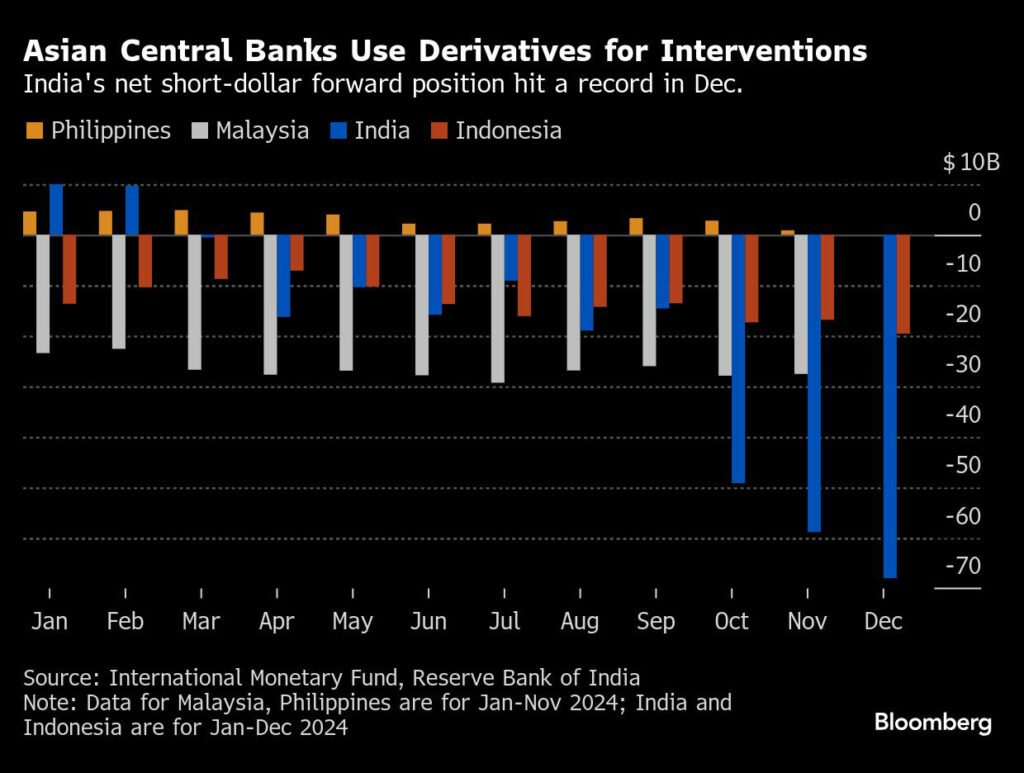How hard have US agencies been hit by Trump and Musk’s layoffs?


U.S. President Donald Trump and billionaire Elon Musk, one of his closest advisers, have mounted a sweeping campaign to slash the size of the 2.3 million-strong federal workforce, firing at least 9,500 employees in an unprecedented effort that shows no sign of slowing.
The layoffs were primarily aimed at workers with less than a year of service who have fewer job protections than longer-tenured staffers. In addition, about 75,000 workers have accepted buyouts from the Trump administration.
Here are details on some of the layoffs at federal departments and agencies:
DEPARTMENT OF THE INTERIOR
Around 2,300 workers were laid off from the Interior Department, sources said, including about 800 people from the Bureau of Land Management, which manages millions of federally owned acres for uses ranging from oil and gas development to timber harvesting, recreation and cultural preservation.
Overall, the department employs more than 70,000 people and oversees 500 million acres of public lands, including dozens of national parks.
DEPARTMENT OF ENERGY
Around 1,200 to 2,000 workers were laid off at the Energy Department, sources told Reuters. The affected employees included more than 300 at the department’s National Nuclear Security Administration, which manages the U.S. nuclear weapons fleet and works to secure radiological materials around the world, two of the sources said.
Some of those layoffs were partly rescinded to retain essential nuclear security workers, one source said, though it was unclear how many.
The department has approximately 14,000 employees and 95,000 contractors.
DEPARTMENT OF AGRICULTURE
The U.S. Forest Service, a division of the Agriculture Department, has fired 3,400 workers, Politico reported, nearly 10% of its workforce.
In addition, workers at two Agriculture Department research agencies and its farm loan agency were fired, sources told Reuters. The exact number of staff members who lost their jobs was unclear.
The affected research staff worked at the National Institute of Food and Agriculture, which supports agricultural science and technology research, and the Economic Research Service, which produces reports and data on the farm economy.
The department employs nearly 100,000 people in all.
DEPARTMENT OF HEALTH AND HUMAN SERVICES
About 45% of recently hired employees still considered probationary at the Centers for Disease Control and Prevention were laid off, a source told Reuters.
The Associated Press reported on Friday that nearly 1,300 CDC staff members had been fired, comprising one-tenth of the agency’s workforce.
At the National Institutes of Health, 1,165 people, mostly probationary employees, were laid off, according to an internal email seen by Reuters.
Workers at the Food and Drug Administration were also let go, STAT News reported. The exact number of FDA staff members who lost their jobs was unclear.
The Department of Health and Human Services, which oversees the CDC, NIH, FDA as well as Medicare and Medicaid, has more than 80,000 employees. Around 5,200 of them have lost their jobs, STAT News reported.
CONSUMER FINANCIAL PROTECTION BUREAU
The independent Consumer Financial Protection Bureau, which is responsible for consumer protection against banks, debt collectors and other companies in the financial sector, has been largely shuttered after the Trump administration ordered it to halt all activity.
As many as 70 of the agency’s probationary employees have been fired, and notices of termination were also sent to dozens of workers with fixed-term contracts, signaling that Trump officials were moving to lay off broader categories of staffers.
DEPARTMENT OF VETERANS AFFAIRS
More than 1,000 workers were let go from the Department of Veterans Affairs, which provides health and other benefits to millions of military veterans. The department employs more than 450,000 people and oversees more than 1,500 healthcare facilities.
OFFICE OF PERSONNEL MANAGEMENT
All probationary employees at the Office of Personnel Management, which handles human resources for the U.S. government, were fired on Thursday in a group call that included around 100 people, sources said.
SMALL BUSINESS ADMINISTRATION
At least 45 probationary employees at the Small Business Administration were fired in a letter seen by Reuters. The agency, which employs several thousand people, provides support for small businesses and entrepreneurs.
DEPARTMENT OF EDUCATION
At least 160 recent hires at the Department of Education have been notified of their termination, according to a letter seen by Reuters. Trump has called for the dissolution of the entire department and its 4,400 employees, though Congress would need to approve.
While local and state governments hold sway over most educational issues in the United States, the federal department provides billions of dollars in student loans and grants for higher education as well as funding for students with disabilities and economically disadvantaged students. The department also enforces civil rights laws.
GENERAL SERVICES ADMINISTRATION
About 100 employees at the General Services Administration received termination letters, according to sources. The independent agency, which manages the government’s real estate portfolio and oversees most government contracts, has more than 12,000 workers.
INTERNAL REVENUE SERVICE
The Internal Revenue Service is preparing to fire thousands of workers, a source told Reuters. The agency, which collects tax revenue and administers the federal tax code, has more than 80,000 workers.
FEDERAL AVIATION ADMINISTRATION
The FAA fired fewer than 400 employees out of its workforce of 45,000, Transportation Secretary Sean Duffy said on X, as questions rise around air traffic safety amid a spate of recent plane accidents. – Reuters














